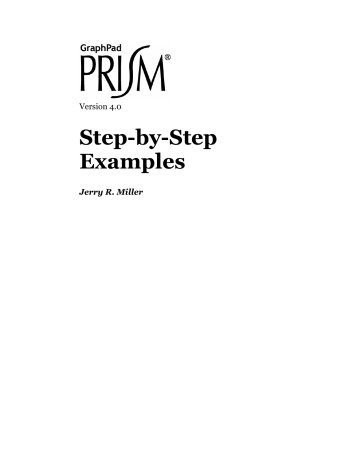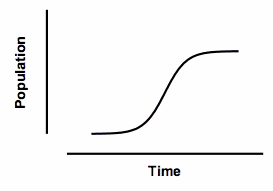

You want to know, with a certain confidence, how low the purity could be at a certain time. One use for a one-sided confidence band would be on a graph that plots purity of a substance over time. But you can get Prism to show the band on only one side. One-sided confidence (or prediction) bandsĬonfidence and prediction bands are usually two-sided. The curves are data sets that you can add to any graph by drag-n-drop or using the Change menu from the graph. To plot both on one graph, analyze your data twice, choosing a confidence band the first time and a prediction band the second time. Prism lets you choose either a confidence band or a prediction band as part on the Confidence tab. Plotting both confidence and prediction bands The figure below demonstrates this with linear regression. With lots of data, the line or curve is known fairly precisely, so only a small fraction of data lie within the bands. The confidence bands aren't supposed to show you the scatter of the data, but rather the uncertainty in the position of the line or curve. With many data points, you expect a large fraction of the data points to lie outside the confidence band, but 95% to lie within the prediction bands. You expect 95% of all data points to lie within the prediction bands. Prediction bands show you where you can expect the data to lie.


Given all the assumptions of the analysis, you can be 95% sure that the true curve (nonlinear regression) or line (linear regression) lies within the bands. Why do so many points lie outside the confidence bands?Ĭonfidence bands show you how well you know the location of the best fit line or curve. You can also choose to show an area fill within the error bands.To plot the confidence bands, choose to show error bars, and set the style to - or _.be sure to select one of those nonlinear fits first (top of dialog) before adjusting its properties.

The fit curve is seen by the Format Graph dialog as one more data set to plot.You can fine tune its appearance on the graph. When you have lots of data points, the discrepancy is huge.Īfter you choose to create a confidence or prediction band in the diagnostics tab, it should just appear on the graph. Prediction bands are always wider than confidence bands. This includes both the uncertainty in the true position of the curve (enclosed by the confidence bands), and also accounts for scatter of data around the curve.Ĭhoose in the Confidence tab of the Nonlinear regression parameters dialog. The 95% prediction bands enclose the area that you expect to enclose 95% of future data points. It gives you a visual sense of how well your data define the best-fit curve. The 95% confidence bands enclose the area that you can be 95% sure contains the true curve. The difference between confidence and prediction bands


 0 kommentar(er)
0 kommentar(er)
